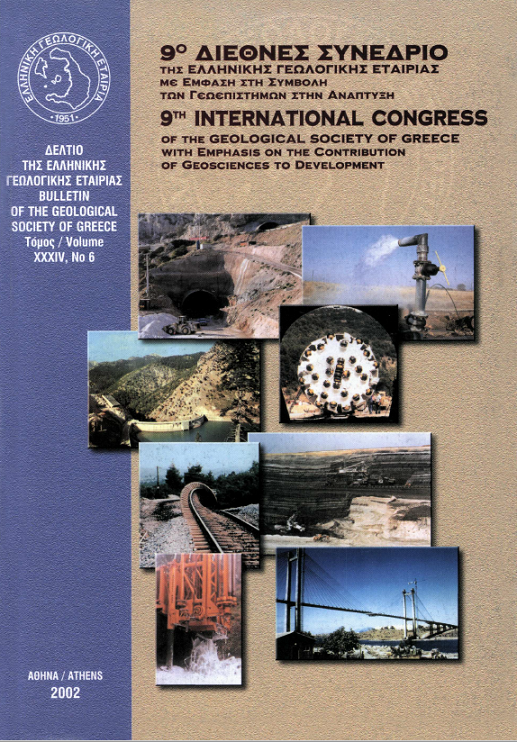Tectonic evolution of the Hellenic Orogen. Geometry and kinematics of deformations

Abstract
The Hellenic orogen consists of three orogenic belts: 1) the Cimmerian orogenic belt, including Rhodopian, Serbomacedonian, Circum Rhodope, Axios and Pelagonian zones, is the internal belt which has been created in pre-Late Jurassic times as a result of the northward drift of Cimmerian contrinental fragments from Gondwana towards Eurasia. Ophiolites from small ocean basins were mainly emplaced onto the Cimmerian continental margins in Middle Jurassic. 2) the Alpine orogenic belt, including External Hellenides and Pindos-Subpelagonian ophiolites and oceanic sediments (Neo-Tethyan), which has been created in Cretaceous-Paleogene times after the subduction of the Neotethyan oceanic crust beneath the Cimmerian-Eurasian plate and the collision of the Apulian microplate to the later, 3) the Mesogean orogenic belt along the External Hellenic orogenic arc as a result of the Mesogean-African underplate beneath the unique Alpine-Cimmerian-Eurasian plate in Miocen- Pliocene times and the exhumation of the Cretan-Southern Peloponesus tectonic windows. Structural analysis and detailed studies of the geometry and kinematics suggest that during Alpine-Mesogean orogenic process a SW-ward migration of successive complessional and extensional tectonic events took place resulted of successive subductions. Thus, crustal thickening produced by compressional tectonics in each area was followed by an extensional exhumation of underplate rocks as tectonic windows.
Article Details
- How to Cite
-
ΜΟΥΝΤΡΑΚΗΣ Δ. (2002). Tectonic evolution of the Hellenic Orogen. Geometry and kinematics of deformations. Bulletin of the Geological Society of Greece, 34(6), 2113–2126. https://doi.org/10.12681/bgsg.16853
- Section
- Special and Keynote Lectures

This work is licensed under a Creative Commons Attribution-NonCommercial 4.0 International License.
Authors who publish with this journal agree to the following terms:
Authors retain copyright and grant the journal right of first publication with the work simultaneously licensed under a Creative Commons Attribution Non-Commercial License that allows others to share the work with an acknowledgement of the work's authorship and initial publication in this journal.
Authors are able to enter into separate, additional contractual arrangements for the non-exclusive distribution of the journal's published version of the work (e.g. post it to an institutional repository or publish it in a book), with an acknowledgement of its initial publication in this journal. Authors are permitted and encouraged to post their work online (preferably in institutional repositories or on their website) prior to and during the submission process, as it can lead to productive exchanges, as well as earlier and greater citation of published work.




